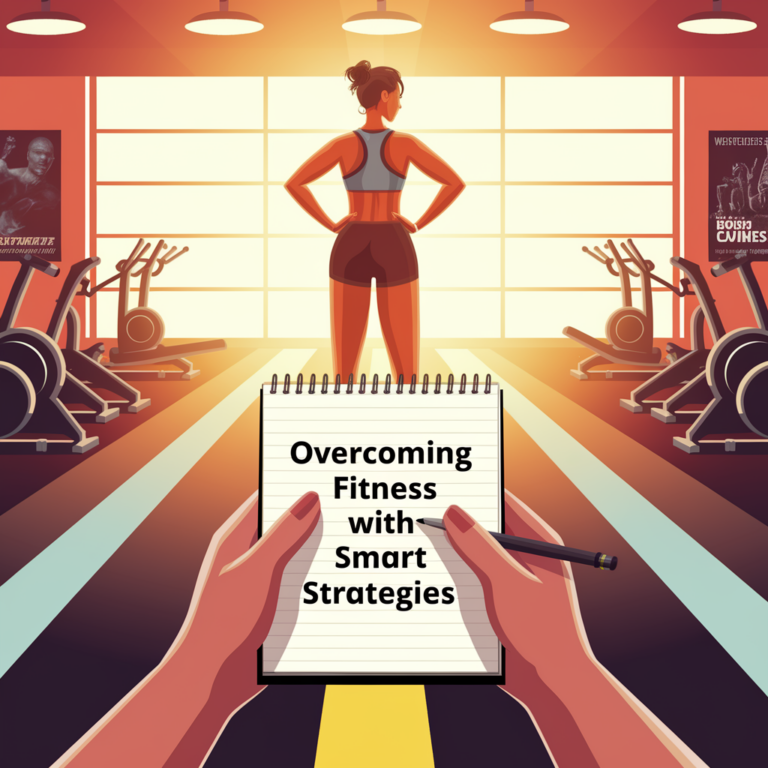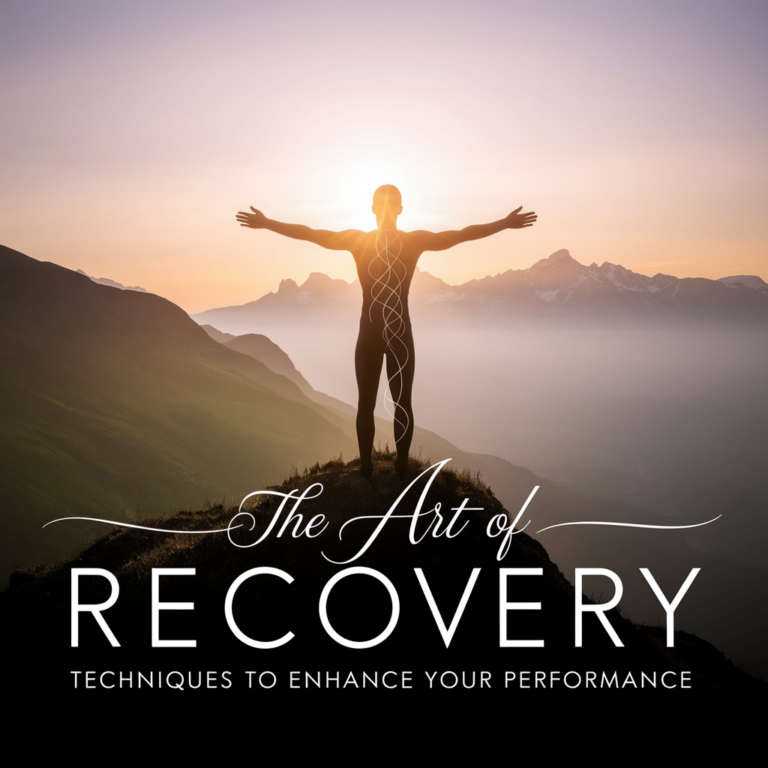From Couch to 5K: Your Journey to Embracing Running
Let’s face it: the idea of running a 5K can be a daunting one. For many, the thought conjures images of gasping for breath, aching calves, and the grueling grind of putting one foot in front of the other. But what if I told you that the journey from being a couch potato to crossing that 5K finish line is not just possible, but can also be an enjoyable and transformative experience? Embarking on this journey is about more than just the run itself; it’s about embracing a new lifestyle, making new friends, and discovering a strength you didn’t know you had.
The Spark: Why Run?
Before we lace up our running shoes and hit the pavement, let’s take a moment to understand why you might want to consider running in the first place. Sure, it’s great for physical fitness—burning calories, strengthening the heart, and improving cardiovascular health—but the benefits stretch far beyond the physical. Personally, I remember my first run. It was a chilly morning, and I was more worried about how I looked than any potential health benefits. Yet, something about that first mile left me invigorated, as if I had unlocked a door to a new world.
Here are a few reasons why many people embrace running:
- Improved Mental Health: Running has been shown to reduce symptoms of anxiety and depression. The “runner’s high” is real, folks.
- Community: Whether it’s through local running clubs or virtual challenges, the camaraderie found in running is unparalleled.
- Personal Achievement: Crossing the finish line of a 5K is not just about the distance; it’s a testament to your commitment and resilience.
- Flexibility: You can run almost anywhere and at any time. No gym membership required!
Now that we’ve established the ‘why,’ let’s dive into the ‘how.’ The journey from couch to 5K is typically around 8 to 12 weeks, depending on your current fitness level. And trust me, it’s not as scary as it sounds.
Week 1: The Walk-Run Combo
As you begin your journey, the first week is all about easing into the routine. Think of it as a gentle nudge rather than a shove. Start with a walk-run combination. Aim for a total of 20 to 30 minutes, alternating between walking and running. For instance, walk for 4 minutes and then run for 1 minute.
Why walk-run? This method helps to build your endurance without overwhelming your body. (I remember attempting to sprint my way to fitness; spoiler alert: it didn’t end well.) By the end of the week, you’ll find yourself feeling stronger, both physically and mentally.
Week 2: Finding Your Rhythm
By the second week, you’ll want to gradually increase your running intervals. Instead of the previous 1-minute runs, try to extend it to 2 minutes of running followed by 3 minutes of walking. Repeat this for a total of 30 minutes. Something magical happens as you find your rhythm; you may start to notice the world around you in a way you never did while sitting on the couch.
Also, be sure to listen to your body. If your legs feel like lead after a certain day, don’t hesitate to repeat a week. Progress is not a race; it’s a journey.
Week 3: Letting Go of the Couch
Entering week three, your body will begin to adapt to the new activity. This week, let’s ramp it up a notch by attempting 3 minutes of running followed by 2 minutes of walking. By now, you might feel a sense of pride as you lace up your shoes. (A good pair of running shoes can make a world of difference in your comfort level.)
Take note of how you feel—both during and after your runs. You may discover that those post-run endorphins are the best kind of natural high. Just remember, it’s okay to struggle. Every runner has been there, even the ones who seem to glide effortlessly past you.
Week 4: Embracing the Challenge
Welcome to week four! By now, you might be thinking: “Hey, this isn’t so bad after all!” This week, try running for 5 minutes and walking for 2 minutes. This might seem like a small increment, but it’s a crucial one. As you progress, you’ll likely notice improvements in your endurance and overall stamina.
However, you should also be aware of the common pitfalls. Running too fast can lead to injuries. Be patient with yourself. (Trust me, I learned this the hard way when I tried to keep pace with a friend who was a seasoned marathoner.)
Weeks 5-6: The Distance Game
As you approach the halfway point of your training program, it’s time to tackle longer running intervals. Aim for 8 minutes of running followed by 2 minutes of walking. You’ll likely find yourself feeling like a seasoned pro on these runs. With every step, you’re not just moving closer to your 5K goal, but also building a new sense of identity.
Consider adding variety to your routine. Explore different locations—parks, trails, or even your neighborhood. A change of scenery can work wonders for motivation. And let’s be honest; it’s a lot easier to stay committed to running if you’re not staring at the same wall every day.
Weeks 7-8: Almost There!
At this point, you should feel a noticeable difference in your stamina and confidence. Transition to running for 12 minutes with a 1-minute walk break. (I can almost hear the cheers of encouragement echoing in my mind.) You might even consider joining a local running group or finding a running buddy to share the experience with. The social aspect can be immensely rewarding.
And let’s not forget about the importance of recovery. It’s crucial to listen to your body and incorporate rest days. Remember, rest is not the enemy; it’s a vital part of the training process.
Weeks 9-10: The Home Stretch
With just a few weeks left, it’s time to push yourself a little more. Aim for a 20-minute continuous run. The mental barrier of running for an extended period will start to dissolve, and with it, your confidence will soar. Don’t be surprised if you find yourself smiling mid-run—yes, it happens!
As race day approaches, it’s also important to focus on nutrition. Fuel your body with wholesome foods to prepare for the big day. Hydration is key; drink plenty of water, but don’t go overboard. You don’t want to be that person who has to make an unexpected pit stop mid-race.
Race Day: The Big Moment
Finally, the day you’ve been training for has arrived! The excitement in the air is palpable. As you line up at the starting line, take a deep breath and soak it all in. This moment is the culmination of your hard work and dedication. You’re not just participating in a race; you’re celebrating your journey.
Here are a few tips for race day:
- Arrive Early: Give yourself plenty of time to check in, warm up, and mentally prepare.
- Stick to Your Routine: Eat a light meal that you’ve practiced with during training. Avoid trying anything new.
- Start Slow: It’s tempting to sprint out of the gate with the adrenaline pumping, but pacing yourself is crucial.
- Enjoy the Moment: Look around at the fellow runners and the crowd. Celebrate your achievement!
Post-Race Reflections
As you cross that finish line, a wave of emotions will likely wash over you. Whether it’s joy, relief, or a mix of both, take a moment to appreciate what you’ve accomplished. You’ve transformed from a couch potato into a 5K finisher, and that’s no small feat!
But don’t stop here. The beauty of running is that it’s an ongoing journey. Consider setting new goals, whether it’s another race, a longer distance, or even just maintaining your new routine. Running can lead to a lifetime of health benefits, friendships, and personal growth. (And let’s be honest, it’s a great reason to buy more workout gear.)
Looking Ahead: Beyond the 5K
The journey doesn’t end with the 5K. Many runners find themselves setting their sights on half-marathons, marathons, or even trail running. The community is vast, and there’s always something new to explore. With each new challenge, you’ll find yourself pushing boundaries and discovering what you’re truly capable of.
In conclusion, the journey from couch to 5K is not just about running; it’s about embracing a healthier lifestyle, finding community, and discovering your inner strength. So, take a deep breath, lace up those shoes, and hit the pavement. You’ve got this!









